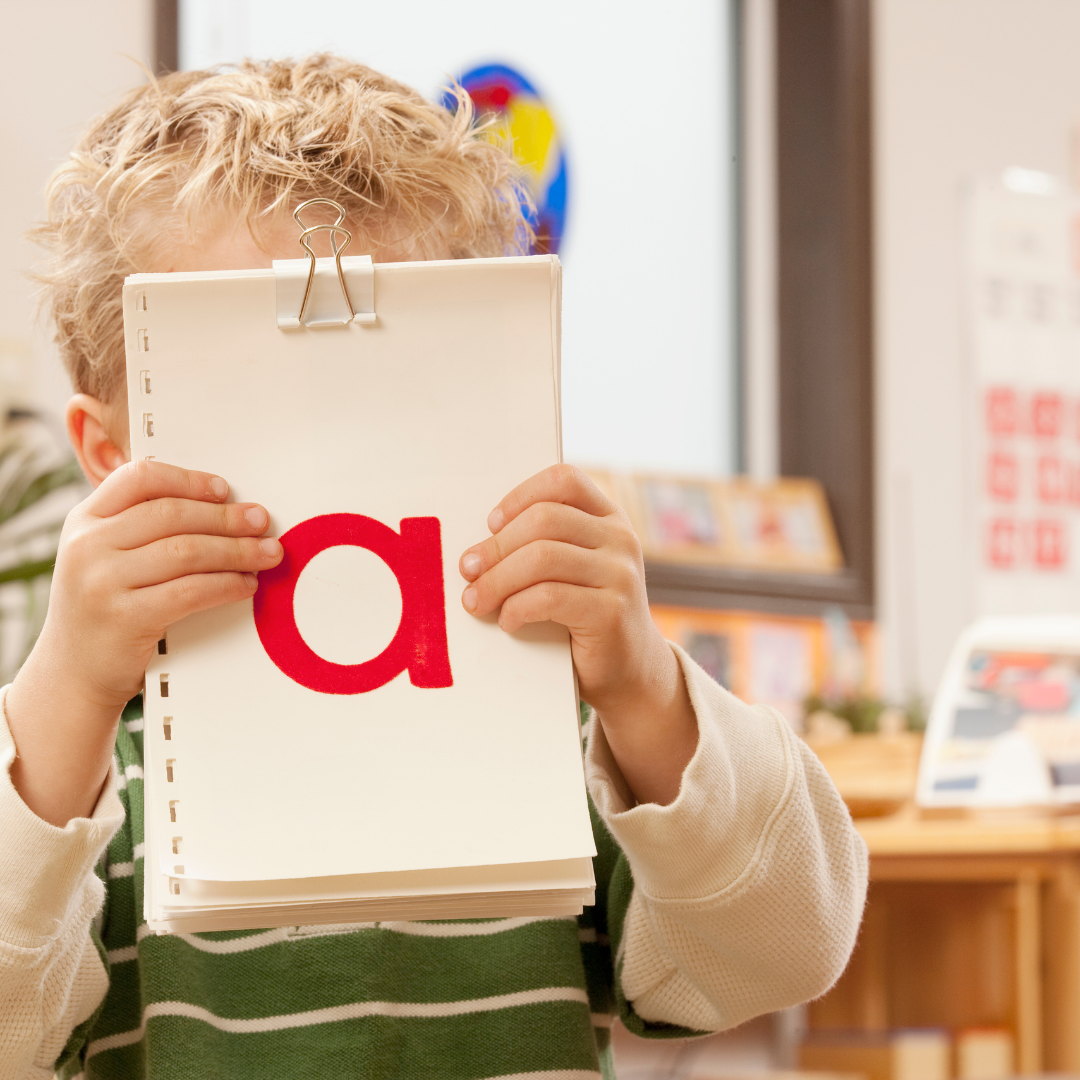Alphabet puzzles are a fun and interactive way to teach children the letters of the alphabet. They are a great tool for young learners as they provide a hands-on approach to learning, allowing children to physically manipulate the letters and form words. In this blog post, we will discuss the benefits of using alphabet puzzles in the classroom and how they can help to improve children's literacy skills.
Improving letter recognition: Alphabet puzzles are a great way to help children learn the letters of the alphabet. By physically manipulating the letters and forming words, children can develop a deeper understanding of each letter and its shape. This can help to improve their letter recognition skills and make it easier for them to read and write.
Enhancing fine motor skills: Using alphabet puzzles also helps to improve children's fine motor skills. As they manipulate the letters and form words, they are using their fingers and hands in a controlled and precise manner. This can help to strengthen the muscles in their hands and fingers, making it easier for them to grip a pencil and write.
Building vocabulary: Alphabet puzzles can also be used to teach children new words and expand their vocabulary. By forming words with the letters, children can learn the meanings and spellings of new words. This can help to improve their reading and writing skills, making it easier for them to understand and communicate with others.
Encouraging collaboration: Alphabet puzzles can also be used to encourage collaboration and teamwork in the classroom. Children can work in small groups to form words and complete puzzles together. This can help to build social skills and improve communication, making it easier for children to work together and share ideas.
Fun and interactive: Alphabet puzzles are a fun and interactive way to learn. Children are more likely to engage and stay focused when they are having fun. This can make learning more effective and enjoyable for children.
Alphabet puzzles provide a hands-on approach to learning, improve fine motor skills, expand vocabulary and encourage teamwork and collaboration. These benefits make it a great addition to any classroom and a fun way to learn.

